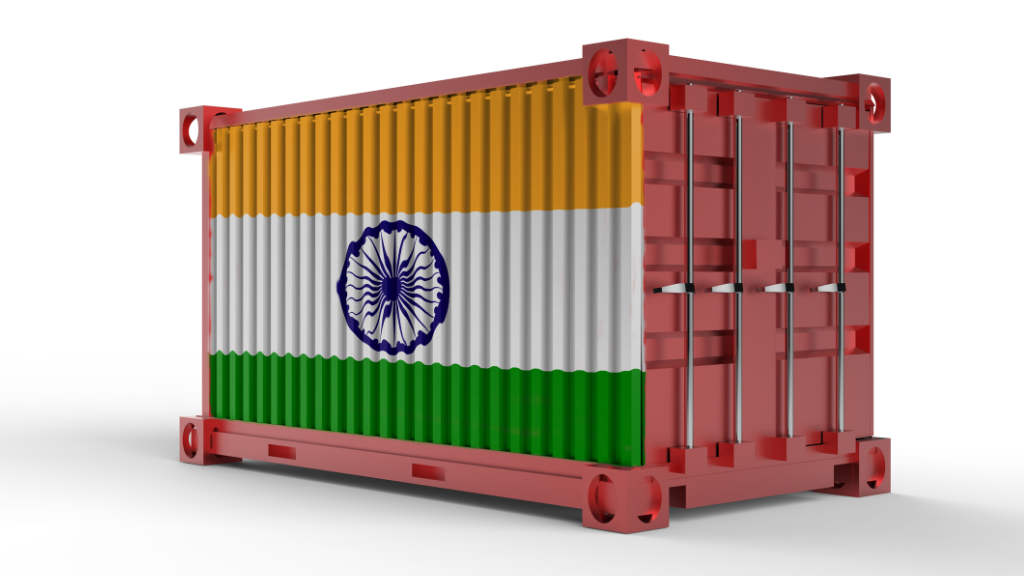In a world where de-dollarization has become the byword for independent sovereignty, there has been a lot of talk about BRICS currency, cross-border settlements in national currencies, and much speculative guesstimating. However, what is the root program that has been developed to enable cross-border settlements to handle transactions in different sovereign national Central Bank Digital Currencies (CBDC)?
It is a good time to provide an update, as mBridge has achieved MVP (minimum viable product stage), enabling international reach. The project explores using a multi-CBDC platform, shared among participating central banks and commercial banks, built on distributed ledger technology (DLT) compatible with the Ethereum Virtual Machine, enabling instant cross-border payments and settlement.
China has multiple CBDC projects. These include the digital yuan, the domestic CBDC that has been used for a few international payments. There’s also mBridge, the cross-border CBDC initiative, where China (using DASH) and the EVM are the software architects. Additionally, there’s been discussion about the BRICS Bridge project, where China, India and Russia along with several other BRICS members. The reality is that before countries such as Russia can progress to cross-border tests, say with mBridge, Russia must get up and running with its domestic CBDC. This is where mBridge comes in.
The mBridge Participation
The mBridge is not a P2P program (which would then be known as retail CBDCs). The mBridge project is available only to Central Banks popularly considered to be developing wholesale CBDCs.
The key institutions that began the mBridge project back in 2021 were the BIS Innovation Hub, the Bank of Thailand, the Central Bank of the United Arab Emirates, the Digital Currency Institute of the People’s Bank of China, and the Hong Kong Monetary Authority, with the Saudi Central Bank joining mBridge as a full participant as well.
In June 2024, the viability and realistic prospects for mBridge were confirmed as many banks and financial institutions joined the project as observing members. These include the Asian Infrastructure Investment Bank, Bangko Sentral ng Pilipinas; Bank Indonesia; Bank of France; Bank of Israel; Bank of Italy; Bank of Korea; Bank of Namibia; Central Bank of Bahrain; Central Bank of Chile; Central Bank of Egypt; Central Bank of Jordan; Central Bank of Malaysia; Central Bank of Nepal; Central Bank of Norway; Central Bank of the Republic of Türkiye; European Central Bank; International Monetary Fund; Magyar Nemzeti Bank; National Bank of Cambodia; National Bank of Georgia; National Bank of Kazakhstan; New York Innovation Centre; Federal Reserve Bank of New York; Reserve Bank of Australia; South African Reserve Bank; and the World Bank.
To simplify, CBDCs are simply digital currencies that are issued and controlled by Central banks, or the BIS (the Bank for International Settlements, popularly known as the Bank for Central Banks), which has been helping central banks around the world roll out their CBDC systems. Aside from the observing members, there is a great deal of cross-pollination happening directly between central banks that are directly involved with mBridge, and central banks developing their CBDCs still one step removed from signing on.
The Ethereum (ETH) Connection
The mBridge project is based on Ethereum; actually, it is an Ethereum copy. It uses a blockchain called the MBL, which is coded in Solidity, and uses the EVM (Ethereum Virtual Machine) for smart contracts like interbank settlements. The difference between Ethereum and the MBL is that the MBL is private, which means you need to be a participating Central bank or Commercial bank to use the MBL. Participating banks run the nodes on the MBL, with the Central banks running de facto validator nodes and participating Commercial banks running de facto relay nodes.
De-dollarisation
The main purpose of mBridge is to enable its users to bypass the existing US-Centric Financial System. This is key, as it not only includes bypassing SWIFT but also bypassing all intermediary banks in cross-border transactions as well as the US dollar in forex trading. In these transactions, the US dollar is basically a bridge currency, especially for large transactions.
Today, if you wish to swap, for example, a large amount of UAE Dirhams for Icelandic Krona, you will have to swap your Dirhams for US Dollars and then US Dollars for Icelandic Krona, as it is not possible to swap directly Dirhams to Krona, liquidity being one difficulty. Using mBridge, you’d be able to swap Dirhams for Krona directly from a UAE bank to a bank in Iceland, assuming these banks are part of the mBridge system. This removes the US dollar as the bridge currency, removes intermediary banks from the transfer, and removes SWIFT from the equation. The significance of this is that it facilitates international trade by removing the US dollar as the bridge currency.
This also means that the tens of trillions of dollars of demand coming from large Forex transfers would disappear. This means that demand for USD falls, and the related adjustment effects of supply and demand and rates will have to be addressed. The eventual full operation of mBridge, and in time the similarly conceived BRICS Bridge is awaited by a significant number of countries, including the BRICS members, as well as much of the Global South. The ripple effects would be extraordinary. As to the timescale of these types of changes? Within the coming decade.
RPA is grateful to Paul Goncharoff for contributing this article.
To contact Russia’s Pivot to Asia please email us at info@russiaspivottoasia.com
Further Reading
The Evolution, Difficulties & Opportunities Of Creating A BRICS Currency





